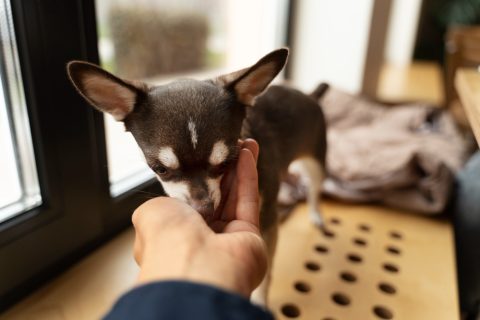Humping—also called mounting—is a behavior that can puzzle and sometimes embarrass dog owners. But before jumping to conclusions, it’s worth noting that this behavior is common among both male and female dogs and often has little to do with sexual activity. Understanding the context and reasons behind your dog’s humping can help you respond with patience, not panic.
Contents
Sexual Behavior
Although not always the cause, sexual motivation is one of the most instinctive reasons behind humping. Both male and female dogs may mount others—regardless of sex—particularly if they are not spayed or neutered. Puppies approaching sexual maturity may exhibit this behavior frequently.
If your dog has not been fixed, this could be the driving force. Talk to your veterinarian about spaying or neutering at the right age to potentially reduce hormonally driven behavior.
Overexcitement or Overstimulation
Sometimes, humping has nothing to do with sex or dominance, and everything to do with unbridled excitement. Your dog may mount a guest, another dog, or even a cushion simply because they’re overwhelmed with energy.
In these cases, the behavior usually fades once the dog has calmed down. However, if your dog humps every time they get excited, consider training interventions or structured playtime to help them release energy in more appropriate ways.
Social and Dominance Displays
Among dogs, humping can be a form of communication or social jockeying. It’s not unusual for dogs at the park to mount one another to establish a social hierarchy.
As long as both dogs are non-aggressive and tolerant, this is typically normal play behavior. However, if your dog becomes possessive or irritated when humped, or tends to escalate during play, it may be wise to monitor group interactions closely—or avoid them altogether.
Stress and Boredom Relief
When a dog frequently humps objects like pillows, blankets, or even furniture, it could be a sign of emotional discomfort. Dogs under stress or suffering from boredom may hump as a self-soothing mechanism, similar to nail biting in humans.
To help, enrich your dog’s day with interactive toys, puzzles, walks, and mental stimulation. Routine and exercise can reduce anxiety and channel energy into healthier behaviors.
Underlying Medical Conditions
Health issues are sometimes to blame. Urinary tract infections, skin irritations, and even prostate issues in males can cause discomfort that your dog may try to relieve through humping.
If the behavior is new, frequent, or accompanied by other signs like licking the genitals, whining, or urinating more often, it’s time to visit the vet for a medical evaluation.
Poorly Managed Behavior or Lack of Training
Some dogs continue to hump simply because they’ve never been taught not to. If this behavior was ignored or even laughed at during puppyhood, your dog may see it as acceptable or attention-grabbing.
To address this, consistent redirection is key. When your dog starts to hump:
- Use a firm but calm command like “Leave it” or “Down.”
- Redirect their focus with a toy or activity.
- Reward them for stopping.
Consistency matters. Reinforcing the right behavior repeatedly can reduce unwanted humping over time.
When to Be Concerned
Most humping is harmless, but sudden changes in behavior, excessive frequency, or aggression during or after mounting are red flags. In such cases:
- Consult your vet to rule out medical issues.
- Work with a dog behaviorist if dominance or anxiety seems to be the trigger.
Conclusion
Although it may be embarrassing or confusing, humping is a normal canine behavior with multiple potential triggers. Whether it’s hormonal, emotional, social, or behavioral, understanding the cause is your first step to managing it effectively.
If you’re concerned about your dog’s humping habits or feel unsure about what’s motivating them, don’t hesitate to consult a veterinarian or professional trainer. With the right approach, you can redirect the behavior and help your pup feel balanced, calm, and understood.










